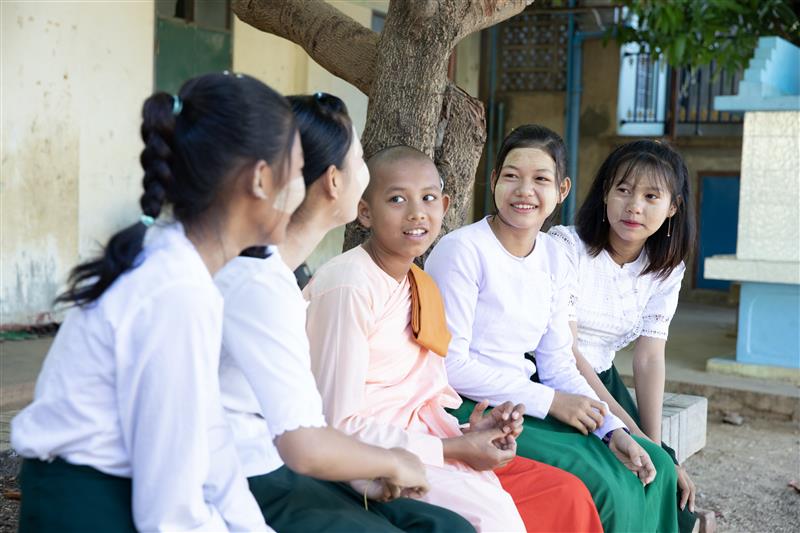
Quantifying early marriage and union in Southeast Asia
In Southeast Asia more than four million women (one in six) aged 20–24 years were married or in union (cohabiting) by the age of 18 years. While much of the policy focus in this region has been on ending traditional forms of child marriage (typically arranged or forced), there is increasing recognition that not all early unions in this region are non-consensual or formal.
In the context of changing sociocultural and gender norms, girls’ increasing agency with respect to their own sexuality, and young people’s increasing experience of dating and premarital sexual activity, young couples may decide to marry or cohabit as part of their early intimate relationships. Where community attitudes towards adolescent premarital sexual activity remain conservative, young couples may enter a more formal union or marriage as a way of legitimising a relationship and avoiding stigma, particularly in the context of unplanned pregnancy.
Despite increasing recognition of the different contexts of early union, there is currently no robust data to estimate the prevalence of different typologies or patterns of early union in Southeast Asia, and therefore limited data to inform an appropriate policy and programming response. In part this is due to a lack of tools to measure and quantify early marriage and union typologies that reflect the lived realities of adolescents in this region.
Objective
The aim of this project was to co-develop, with young people, a new web-based tool to quantify early marriage and union typologies in Southeast Asia, and pilot test the tool with girls in Indonesia and Lao PDR.
Timeline
2021–2023.
Partners
Funding partners
- UNICEF East Asia and Pacific Regional Office
- UNFPA Asia Pacific Regional Office
Collaborators
- Empatika Indonesia
- Indochina Research Lao PDR
Project contacts

Dr Elissa Kennedy
Co-Program Director, Women’s, Children’s and Adolescents’ Health; Co-Head Global Adolescent Health
Project team

Dr Marie Habito
Senior Research Officer

Dr Elissa Kennedy
Co-Program Director, Women’s, Children’s and Adolescents’ Health; Co-Head Global Adolescent Health

Steven Ellis
Collaborator
Empatika Indonesia

Alifah Farhana
Collaborator
Empatika Indonesia




